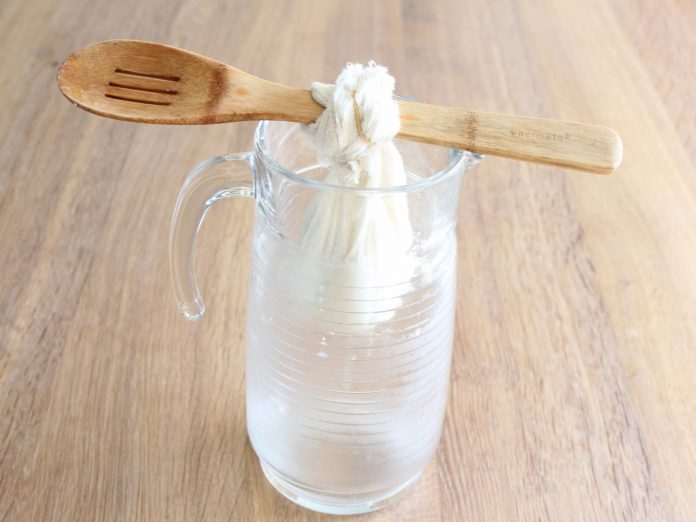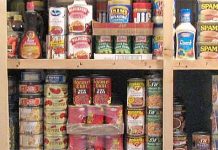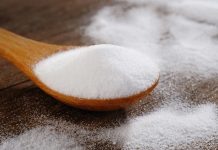The original purpose of cheesecloth was, as you may have guessed from the name, cheese making. This was used in the cheese making process to distinguish the liquids and solids. The versatility and fine weaving made it possible to extract the liquid from the solids and then to wash and reuse it, making it a valuable tool. It was also used to seal cheeses as they cured, enabling them to stay clean but still breathable.
If you’ve never had reason to use cheesecloth, you might ask yourself, “What is that exactly? “That is simple. It is a very lightweight and flexible, loosely woven cotton fabric. With varying tightness of weave it comes in different grades. It can be found commonly in grocery stores, art shops, or specialty stores. I have even seen it several times at the feed shop.
There are many more cheese cloth uses, however, that we have, but overlooked in this world of throw-away stuff. Below are many ways to use this flexible fabric.
1. Cheese making

Cheesecloth will certainly also be used for cheese making. It may sound like a big stretch that you can make cheese at home, but there are many kinds of cheese that are not even all that hard to make without special equipment or hard to find ingredients. Here you can check out some super easy cheeses.
2. Signal Flags
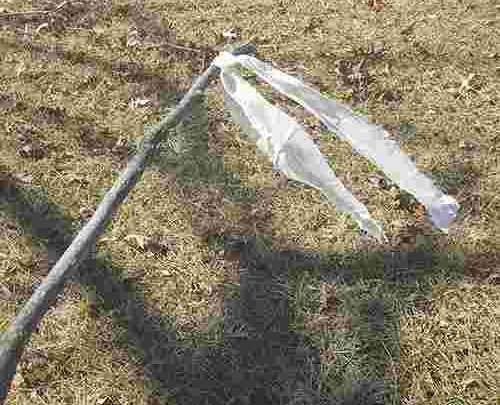

If you’re marking off a construction site, flagging a long item hanging over the end of your pickup bed, or trying to get attention in a situation of survival, cheesecloth makes a great signal flag. Its white color and its ease of blowing in the wind make it ideal for the job.
3. Dust Mask
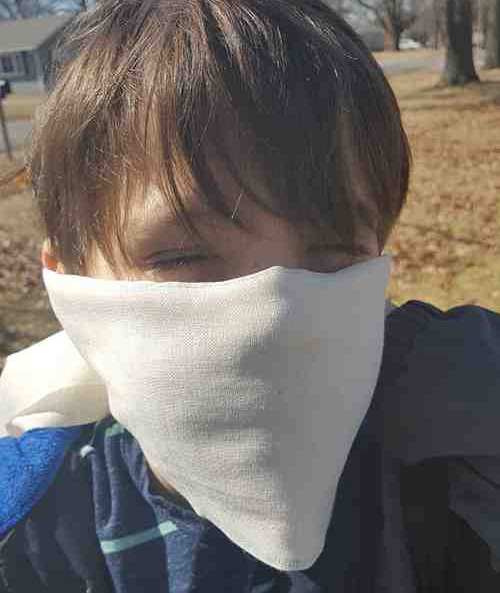

Although I definitely do not suggest cheesecloth for more serious dusty jobs, like drywall work, if you’re in a pinch, it will do the trick – say, if you’ve been caught out in a dry area on a windy day. Fold it over until mostly dust stays out in the air but for the best results, you can still breathe easily through it.
4. Keep Bugs Off Your Food
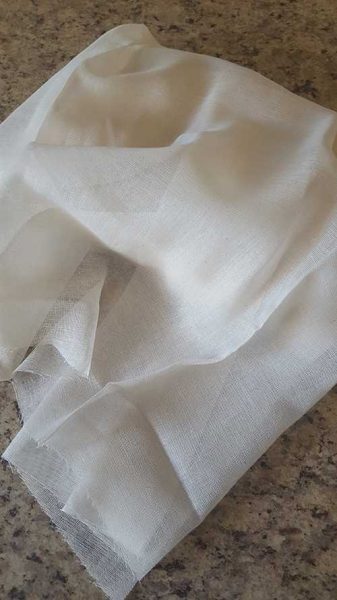

Have you ever had a picnic where you just can’t keep the bugs off your meal? Or you may not be able to keep the bees out of your sugary drink. Only throw some cheesecloth over the table and it’s unlikely for the bugs to hit your goodies. It may also be used to cover foods such as jerky or nuts, which are air drying for preservation.
5. Bandages
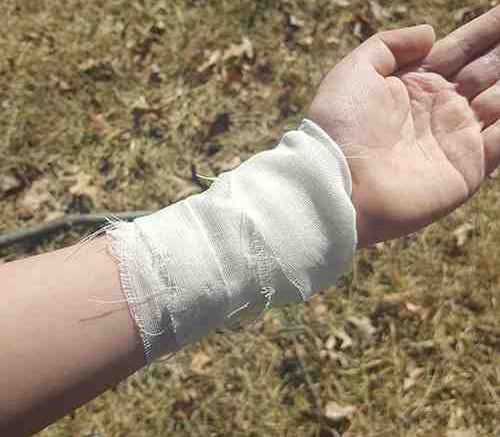

Cheesecloth makes a great breathable bandage to help cleanse and cover wounds. This can also be boiled to help destroy any harboring germs, rendering this reusable unless you have unlimited exposure to more conventional sterile bandages.
6. Window Coverings
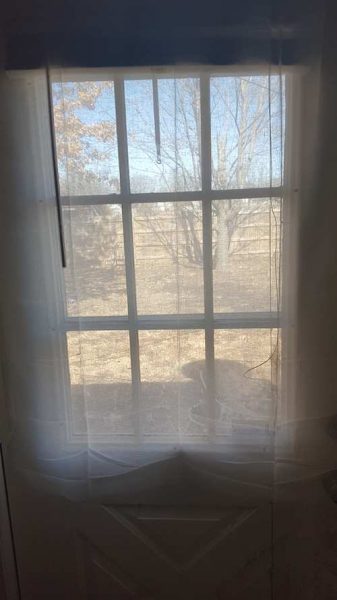

You may use cheesecloth to keep bugs and insects out of your living room, as a window cover, or as a gauzy window dressing. Used as sheer curtains it can give any room a beautiful primitive feel.
7. Paper Reinforcement
You may have seen this in old books before, and have not even known what it was. Cheesecloth, dipped in a mixture of flour and water, is applied to reinforce broken or weakened book spines or other paper defects.
8. Fishing Net
Whether you’re searching for a bait net or a pick up capture net, cheesecloth will do it. Water will flow through it easily, allowing fishermen to stay alive but still trapped. Because it’s so versatile, it’s a perfect survival fishing net option.
9. Crafty Decor
Cheesecloth has numerous crafty applications. Using it to make spooky Halloween ghosts, endless scary mummy creations, wintry snowmen, or perfectly primitive tea-filled place mats or paper napkins.
10. Clothing
Cheesecloth had been a common material for making fashionable clothes during the 1960s and 70s. Out of this modest fabric is made tops, dresses, trousers and even shoes. The gauzy quality and natural fiber make it a commodity that’s trendy and comfy. It also easily takes dye, since it is made of cotton.
11. Water Filter
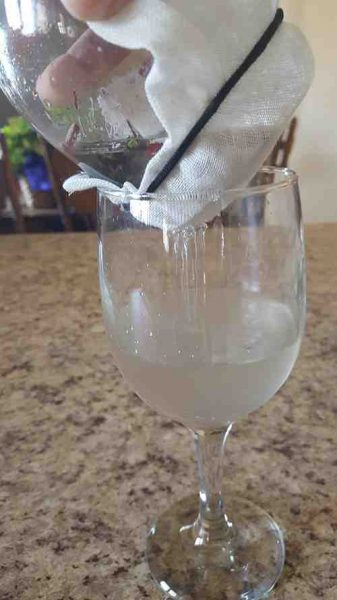

You can use it as a water filter so long as you use a very fine grade of cheesecloth with very small holes. Simply lay the cheesecloth over the top of the container in which you want to collect water, keep it in place with something handy (usually only your hand will do), then pour the water through it to avoid the large particles. Keep in mind that this method does not create water that is safe to drink if it wasn’t before this. If there is some chance of bacteria being in it, it definitely needs to be boiled.
12. Mosquito Netting
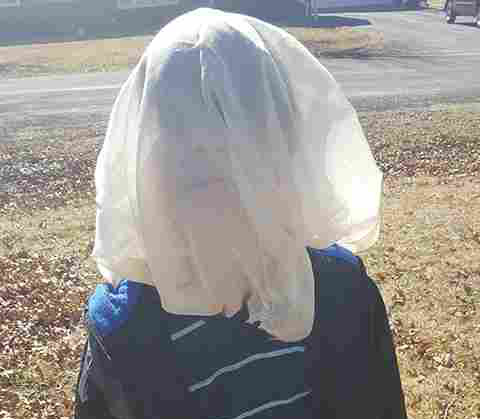

We know that if used correctly to deter mosquito born disease and illness, mosquito netting can literally save lives, and cheesecloth can be used as a makeshift mosquito net. You can use it to cover your face and arms, add it sort of like a blanket, or make a bed covering from it, depending on how much you have. And this is a perfectly functioning mosquito trap.
13. Homemade Duck Blind Cover
You may turn standard cheesecloth into a lightweight, see-through camo fabric for covering duck or deer blinds with either natural materials like moss and mud, or camo-colored spray paints. This colored cheese cloth can also be used to attach depth to a ghillie outfit, or to sew it up into a breathable camo face mask.
14. Cleaner/Sander
Create a cheesecloth bag full of small gravel or sand to make an abrasive substance that can be used for heavy-duty cleaning projects, removing corrosion from surfaces or highlighting the surface of metals. For another type of cheese cloth cleaner, apply a bit of wood ash and water to a cheese cloth jar.
Related: 6 Items To Carry If There Are Protests In Your State
15. Spice or Tea Bags
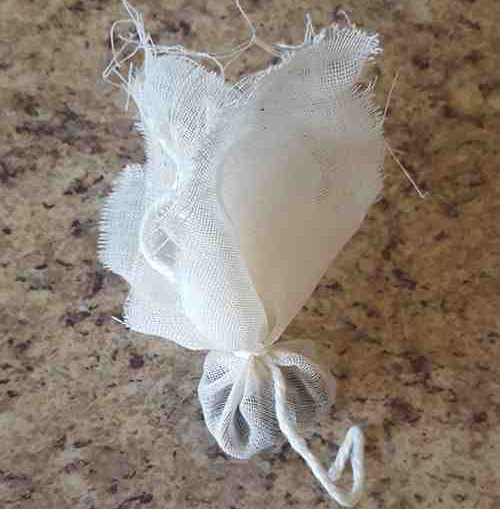

Through placing them in a cheesecloth bag and adding the whole thing to the mix, infuse whole spices to soup or cider. You can also make up tea bags, herbs, flowers, and other plant material to make your own delicious tea, free from the grit that comes from loose-leaf tea. This is good for medicinal homemade teas.
16. Strainer for Jelly or Syrup Making
If you need to get a fruit flavor but none of the fibrous content, you can put it in a cheesecloth bag to hold your skins and other fruit solids out of your jellies or syrups without losing any of the flavors.
17. Infant Swaddle Blanket
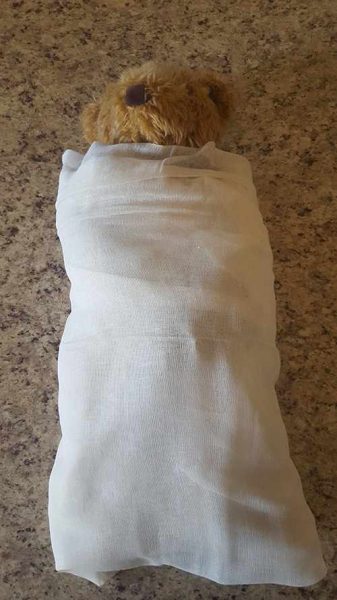

Pretty muslin swaddles in the baby world are all the rage, but they can be pricey! With some fine-grade cheesecloth, a baby-safe dye (if you wish), and either a needle and thread or a sewing machine to finish the sides, you can make your own for considerably less.
Cheesecloth is the key to several things, inside and out of the kitchen. It’s a perfect thing to carry around just in case, because it’s so flexible. It is easy to pack and lightweight, which makes it an outstanding addition to your survival gear.



